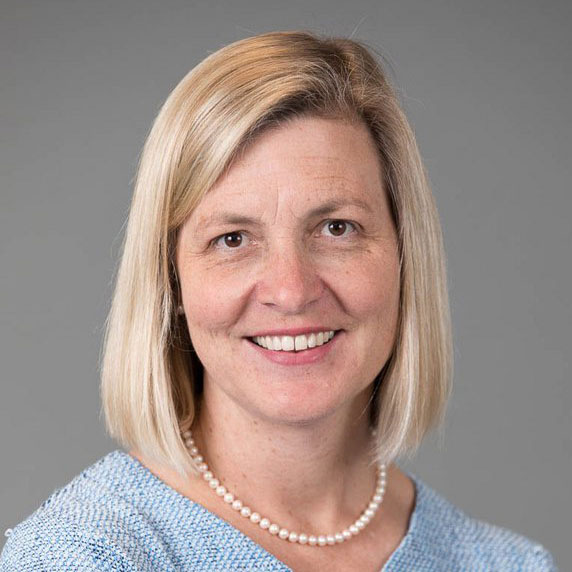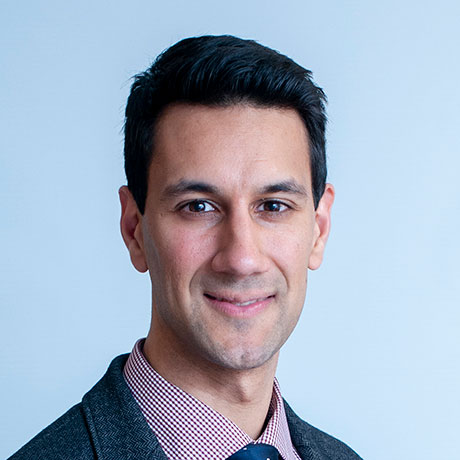-
- Find Care
-
- Visitor Information
- Find a Location
- Shuttles
- Visitor Policies
-
-
- Our Virtual Care Options
- Virtual Urgent Care
- Virtual Visits for Primary & Specialty Care
- Online Second Opinions
- Participate in Research
-
- Contact us
-
- For Innovators
- Commercialization Guide for Innovators
-
-
- Research News
- Alzheimer's Disease
- Artificial Intelligence
-
- Overview
-
- Overview
- Getting Started
- New to Mass General Brigham
- International Patient Services
- What Is Patient Gateway?
- Planning Your Visit
- Find a Doctor (opens link in new tab)
- Appointments
- Patient Resources
- Health & Wellness
- Flu, COVID-19, & RSV
- Billing & Insurance
- Financial Assistance
- Medicare and MassHealth ACOs
- Participate in Research
- Educational Resources
- Visitor Information
- Find a Location
- Shuttles
- Visitor Policies
- Find Care
-
- Overview
- Our Virtual Care Options
- Virtual Urgent Care
- Virtual Visits for Primary & Specialty Care
- Online Second Opinions
-
- Overview
- Participate in Research
-
- Overview
- About Innovation
- About
- Team
- News
- For Industry
- Venture Capital and Investments
- World Medical Innovation Forum (opens link in new tab)
- Featured Licensing Opportunities
- For Innovators
- Commercialization Guide for Innovators
- Contact us
-
- Overview
- Information for Researchers
- Compliance Office
- Research Cores
- Clinical Trials
- Advisory Services
- Featured Research
- Two Centuries of Breakthroughs
- Advances in Motion (opens link in new tab)
- Brigham on a Mission (opens link in new tab)
- Gene and Cell Therapy Institute
- Research News
- Alzheimer's Disease
- Artificial Intelligence
-
- Overview
-
- Overview
- Residency & fellowship programs
- Brigham and Women's Hospital
- Massachusetts General Hospital
- Mass Eye and Ear
- Newton-Wellesley Hospital
- Salem Hospital
- Integrated Mass General Brigham Programs
- Centers of Expertise
- Global & Community Health
- Health Policy & Management
- Healthcare Quality & Patient Safey
- Medical Education
- For trainees
- Prospective trainees
- Incoming trainees
- Current trainees
- Continuing Professional Development
What Is Living Donor Liver Transplant?

Massachusetts General Hospital and Brigham and Women’s Hospital have a rich history in performing and pioneering organ transplant procedures.
In 1954, Brigham transplant surgeons performed the world’s first successful organ transplant (a kidney). Mass General surgeons have performed more than 1,000 liver transplants since 1988, making it the most experienced liver program in New England. Together, these renowned institutions have built a legacy of first-of-their-kind transplants.
Now, Mass General and the Brigham have come together to create the Mass General Brigham Liver Transplant Program. This gives patients access to one of the most active and experienced living kidney and liver donor programs in the country.
“It means that we can care for patients both inpatient and outpatient, pre- and post-transplant at both institutions,” explains Anna E. Rutherford, MD, MPH. Dr. Rutherford is a Mass General Brigham transplant hepatologist. She is also the clinical director of hepatology and the Mass General Brigham Liver Transplant Program at Brigham and Women’s Hospital.
The Mass General Brigham Living Donor Liver Transplant Program helps patients find a faster path to transplantation. Irun Bhan, MD, a Mass General Brigham transplant hepatologist, is the program’s medical director.
Drs. Rutherford and Bhan explain living liver donation and discuss the ways Mass General Brigham is making clinical care more equitable through improvements in living liver donation. They also explore the lifesaving work they do every day.
What is living liver donation?
Liver donation comes in two forms: deceased donation and living liver donation.
Deceased donors are the most common organ donors. But the liver transplant waitlist is very long, and there aren’t enough livers available for patients who need them. Too often, patients waiting for a liver in the United States become too sick for the transplant.
“Many people with liver disease on the liver transplant waiting list are sick enough to benefit from liver transplant, but not sick enough to be at the top of the deceased donor waiting list,” explains Dr. Bhan. “Living donor liver transplant may be a great option for many of these patients.”
In living liver donation, or living donor liver transplant, surgeons remove a patient’s diseased liver. They then replace it with a piece of healthy liver from a living donor.
There are many benefits to receiving a living liver transplant. It’s faster than waiting for a deceased liver. That means patients can get healthier sooner. Living donor livers can last longer than deceased donors’ livers. Living donor livers are often healthier. And, importantly, living donors’ livers can function right away.
“That’s an advantage to living donors,” says Dr. Rutherford. “We get these patients at a better time for them where they’re able to handle a smaller piece of a liver and come off the larger waiting list.”
Why can you donate part of your liver?
Your liver is unique in that it can grow back. In fact, it only takes a few months for a healthy liver to return to its full size and function.
The same is true for patients receiving a piece of liver. Within months, they’ll have a full-sized, functional liver.
Living liver donors can go on to lead long, healthy lives. And recipients can usually rely on these new livers for decades.
Mass General Brigham Living Donor Liver Transplant Program saves lives
“The organ shortage for liver transplantation has been getting worse in recent years,” explains Dr. Bhan. “The number of people in need of liver transplantation has been increasing, but the availability of organs through deceased donation has not kept up with the demand. With the growing organ shortage, the time is now to make living donor liver transplant more accessible to our patients.”
The Mass General Brigham Living Donor Liver Transplant Program is led by a multidisciplinary team that coordinates patient care among specialists. Care team members include:
A medical director and a surgical director
Psychiatrists
Nurses and nurse practitioners
Coordinators
Social workers
Independent living donor advocates
Nutritionists
The team takes pride in their patient-centered approach, and has a massive amount of respect for living donors.
The Living Donor Liver Transplant Program aims to increase access to lifesaving organs. It supports both living liver donors and patients in need of livers in tandem.
People who are interested in becoming living liver donors can begin their journey with a health assessment at the center. From there, a donor team guides them through the process of organ donation.
Meanwhile, patients have access to living liver donors. This means less time spent waiting for new livers. And the faster patients can get their new livers, the better their health outcomes can be.
How is the Program bringing equitable liver donation care to the community?
“There are a number of barriers patients who need liver transplants face,” says Dr. Bhan. “A major one is that medically underserved individuals who have chronic liver disease may not be referred for liver transplant evaluation when indicated. This issue is pertinent to living donor liver transplant. It can be a great option for people who are sick enough to benefit from liver transplant, but not sick enough to be high on the deceased donor waiting list.”
The Living Liver Donor Program works strategically to address inequities in liver donation care. Their approaches include:
Education. As Dr. Bhan explains, one of the program’s goals is “to educate providers who care for people underserved by the medical system about when to refer for transplant evaluation, and to partner with these providers to educate people about liver disease.”
Accessibility. “Another strategy is to make transplant evaluation clinics more geographically accessible by setting them up closer to people who need to be evaluated,” says Dr. Bhan.
Flexibility. Potential donors with demanding schedules are often faced with a difficult question: Is it possible to donate without losing out on work? The team goes out of its way to accommodate donors with flexible hours to work around donor schedules.
The Living Donor Liver Transplant program also offers resources to help donors understand and use the tools available to them.
Social workers can help patients tap into family medical leave or leave of absence programs. The team even helps people who want to reach out and do a fundraising campaign or social campaign. There is a lot of help and support for anyone who wants to donate.
What makes living liver donation at Mass General Brigham different?
“At Mass General Brigham, we have an amazing team that takes care of each patient from the time they’re referred for liver transplant through the rest of their life,” says Dr. Rutherford. “We have years and years of expertise. And there’s a lot of innovation in terms of caring for patients.”
End-stage liver disease is a punishing condition. It has massive impacts on patients and their communities. Through their work, Drs. Rutherford and Bhan aim to reduce those impacts and the suffering they cause.
“We take great care to get to know our patients and to understand what their needs and goals are,” says Dr. Bhan. “We are a flexible program that works with our patients to achieve those goals.”

Contributor
